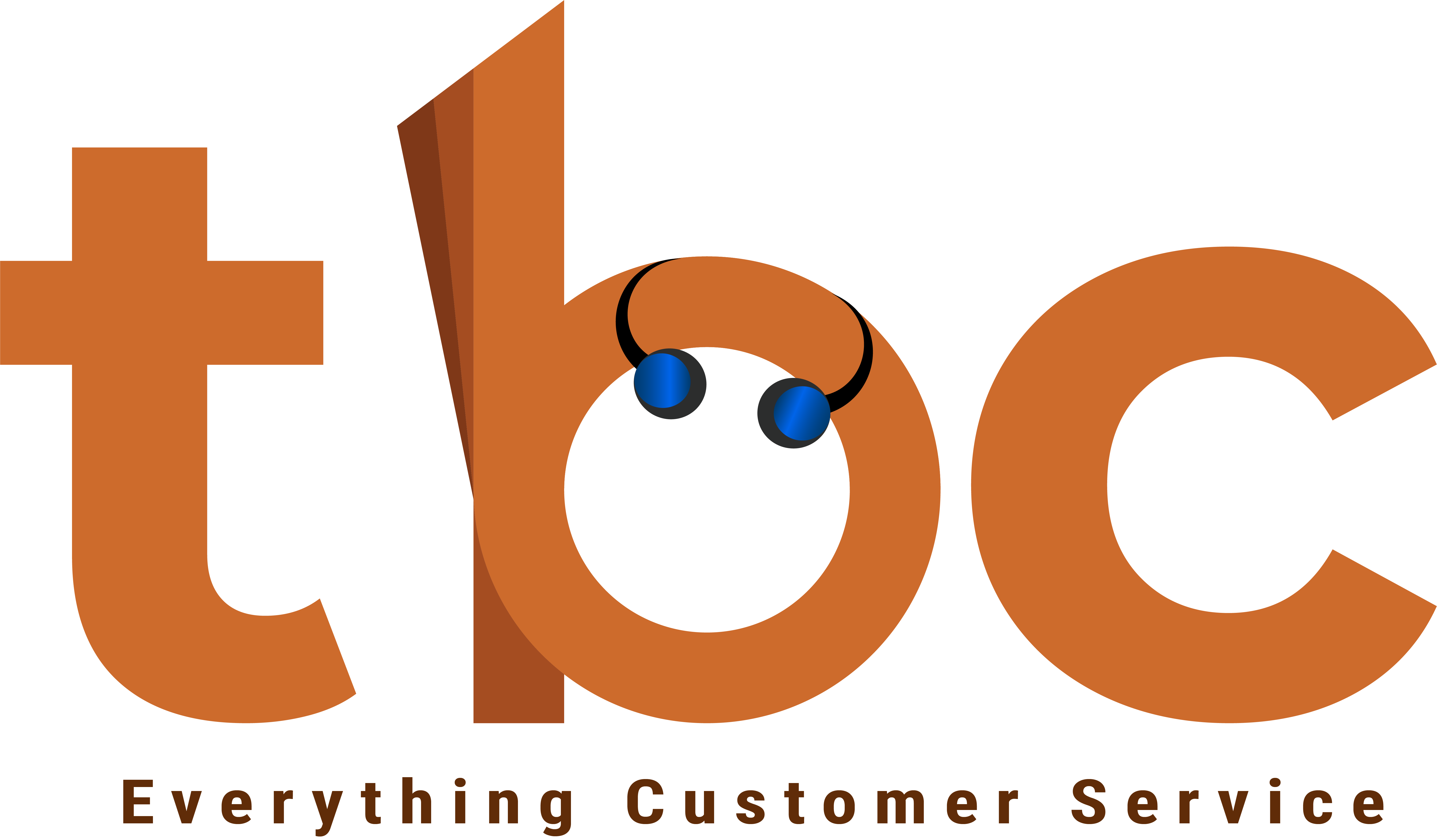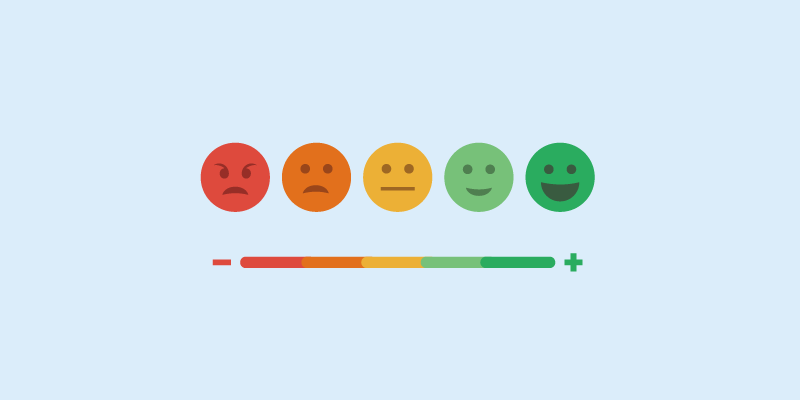You run a customer service function, and you want to offer the best possible experience to your users. The demography of your users ranges from 18 to 70 years across geographies.
To address their demands and needs, you have a presence in all the channels – telephone, emails, web, and social. Besides, you have integrated your customer service system with your CRM, ERP, and Accounting. At the click of a button, your agents and intelligent systems have access to all the customer information.
You need to have the right systems and the right resources to manage and maintain high-quality service across every channel.
While you are optimistic about all the channels, are you putting your money where it is needed the most?
Organizations use multiple metrics to measure customer satisfaction levels across channels. They are:
- Customer Satisfaction score (CSAT)
- Net Promoter Score (NPS)
- Customer Effort Score (CES)
- Customer Churn Rate
- Customer Health Score
- Abandonment Rate
Not all of these metrics would apply to your business. You need to be aware of why you are measuring, which would help define what you need to measure.
Voice of the Customer
Customer listening is an essential practice of any CX program. It would help if you had the feedback from customers – without which you can’t understand customer’s perceptions and make plans to improve.
About 90% of customer experience initiatives use surveys. You, as a brand, request your customers to fill out a survey, at the end of a completed experience. Structured questions can help you calculate scores like CSAT, NPS, and CES.
The biggest drawback of surveys is that they are solicited feedback, and only happy and unhappy customers provide the input. Response rates of less than 10% are standard for most customer satisfaction surveys.
Survey-based listening gets you only less than 10% of responses. While the reactions provide you a direction on what needs improvement and what needs optimization, brands should not stop at solicited feedback.
How do you extend your customer listening?
There are a bunch of things that you can do that are right up your alley. Few pointers are:
- Begin with call recordings – analyze them to learn about customer sentiments and issues
- Seek feedback from your frontline employees and service technicians. They tend to see and observe several unstated needs of customers
- Text captured in customer emails, web site forms, call center agent notes, chat interactions, or even SMS
- Social media mining – listen to comments posted on social platforms like LinkedIn, Twitter, Facebook, Instagram, Blogs, and review sites
- Customer churn rate – keep monitoring this and figure out why they are leaving
- Google analytics – if you observe a high bounce rate or abandonment rate on your website from visitors coming from Facebook, it’s indicating a disconnect between your website and social marketing
- Customer health score – a combination of product/service usage, customer support, customer satisfaction, and business outcomes. An average of this would provide a view of your customer’s health.
While surveys are the foundation of customer experience feedback, you should complement it by extending your customer listening to even inferred input based on customer interactions.








